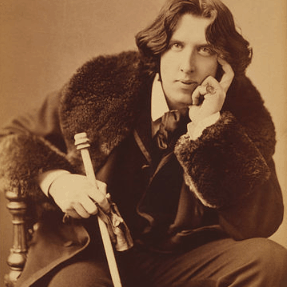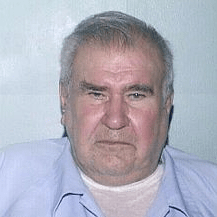
I’ll have a new book coming out a year from now. Titled Face in the Mirror: A Surgeon, a Patient, and a Second Chance at Life, it tells the story of Andy Sandness, a young man who underwent a face transplant at the Mayo Clinic in 2016. The publisher is Mayo Clinic Press.
The book’s forthcoming release has me thinking about book talks, radio and podcast interviews, and all the other ways authors get word out about a new book. I’ve been remembering an odd phenomenon I noticed after the publication of my last book.
Often, at public readings or events, someone in attendance would refer to my work as a novel, even though it was clearly a nonfiction book. When that happened, I would correct the person who misspoke and say that I write factual books only and do not make up anything.
Many times, that approach left the other person looking confused, and I did not know why. Later I realized that a segment of the reading public refers to all books, fictional or factual, as novels. If its pages are bound between covers, a book is a novel regardless of its content.
This time around, I’ll ignore the misappellation. Readers will understand that what’s in Face in the Mirror cannot be invented.
Do you know someone who loves history as a writer or reader? Please direct that person to this link to subscribe to Damn History, my free monthly newsletter for readers and writers of popular history. It offers links to notable recent popular-history writing, resources, and updates on my own work.
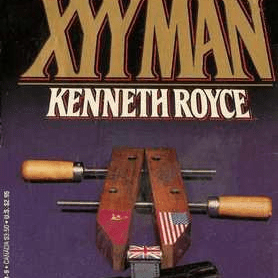
XYY Men
Geneticists have long argued about the effects of having an extra male chromosome, a condition found in 1 of 1,000 men A battered paperback entitled The XYY Man, by Kenneth Royce, leans…

America’s first suicide bombing
Few people know that the first suicide bombing in U.S. history — and perhaps only the second such attack in world history — took place in New York City 110…
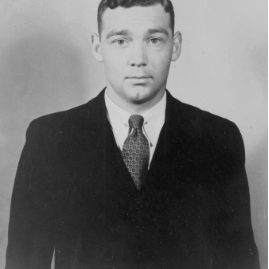
A Political Warning from the Past
Decades after a U.S. Army psychiatrist who studied the Nazis predicted a threat to American democracy, we should remember his fears when we vote. Psychiatrist and U.S. Army Lt. Col.…
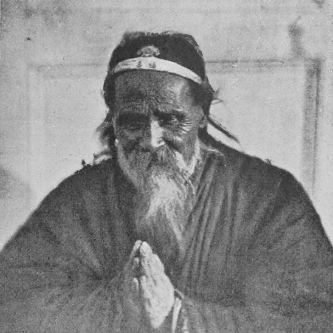
Hunting for Hermits
How do you track down a bunch of hermits to interview? I recently needed an answer to that question when an editor at The Saturday Evening Post asked me to write…
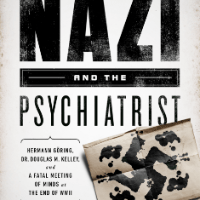
The Nazi and the Psychiatrist wins 2014 Minnesota Book Award
My recent release The Nazi and the Psychiatrist won the Minnesota Book Award in the general nonfiction category at the 26th annual awards ceremony on April 5, 2014. The event, organized by…
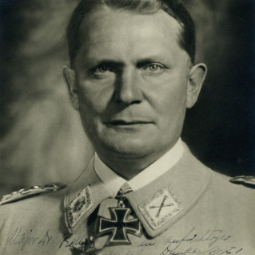
A set of dusty boxes: The arresting origins of The Nazi and the Psychiatrist
My book The Nazi and the Psychiatrist has just been published. It had strange beginnings. When one dead man passes you a tip about another, you pay attention. Years ago, while researching…
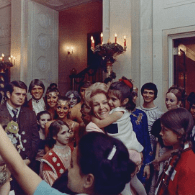
Psychotic visitors to the White House; an actor who specialized in playing Hitler
I’ve neglected to post news of two guest contributions I’ve recently made to the Wonders & Marvels history blog. One is about the history of the study of psychotic visitors to…

My forthcoming book “The Nazi and the Psychiatrist” is optioned to Mythology Entertainment
I’m happy to announce that Mythology Entertainment — the production and writing talent behind such films as Shutter Island, Zodiac, The Amazing Spiderman and the upcoming White House Down — has optioned stage and…
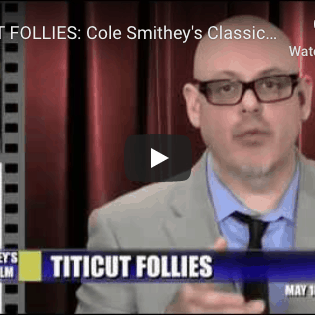
Titicut Follies: A Notorious Documentary
Several years ago I finally got the chance to watch a documentary that had been in my thoughts for a long time. It was Titicut Follies, which the renowned filmmaker Frederick…
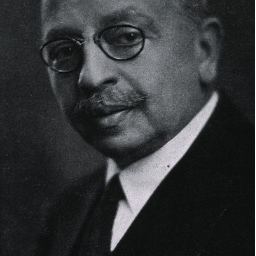
A Pioneering Pop Psychologist
Years ago I read somewhere about an eminent experimental psychologist who suffered a mental breakdown, endured years of depression, and abandoned the laboratory to instead help lay people apply the…
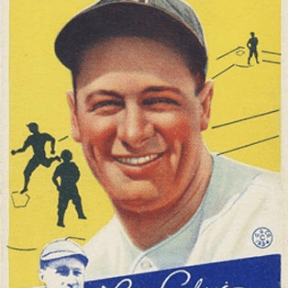
Lou Gehrig, ALS, and the Patient Records Controversy
I recently wrote here on my thoughts about waiving considerations of privacy for medical patients who are long deceased and revealing their names and opening their medical records to journalists and the…
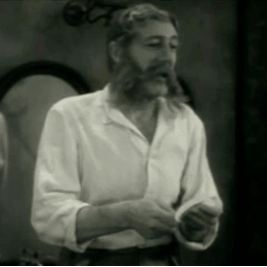
Hypnotism and Its Past
[In earlier posts that you’ll find here and here, I’ve written about my fascination with hypnotism and my interviews and encounters with hypnotists of various types. In this post, I continue the series…
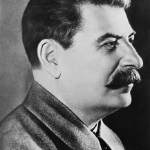
H.G. Wells Meets Josef Stalin
I recently read H.G. Wells’ novel The Invisible Man and came away impressed by the author’s artistry in entertainingly moving a story along while including a serious subplot about H.G. Wells the role…
- « Previous
- 1
- 2
- 3
- 4
- Next »
